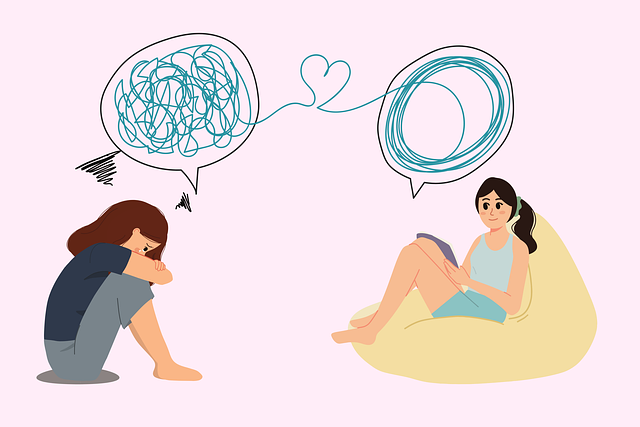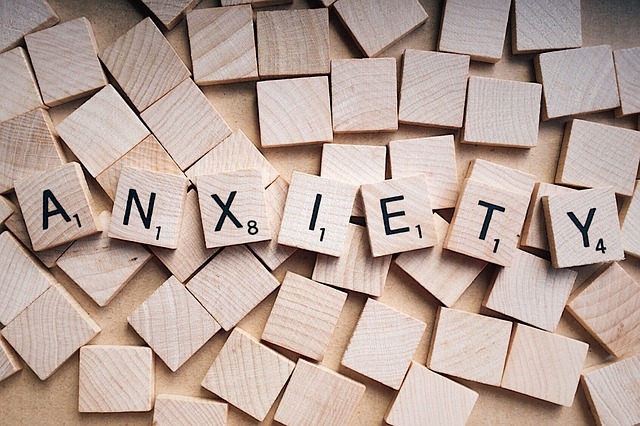by Nathan Chua
In a recent article about Tim Cook, the current CEO of Apple computers, he had this to say about an old saying:
“There is a saying that if you do what you love, you will never work a day in your life,” Cook said during the speech at the Mercedes-Benz Superdome in New Orleans.
“At Apple, I learned that is a total crock,” Cook said to a laugh from the crowd.*
How many times have many of us stared at the horizon to ask ourselves what our existence is for? There have been many cases in the counseling room wherein people ask me why they have these feelings of emptiness, a lack of purpose or direction in their lives. Believe me, I still ask myself the same questions. I am not exempt from life’s difficult puzzles.
I am quite sure that most of you reading or listening or watching this have browsed through countless articles that try to answer this question of finding purpose. In this space, I would like to share my take on how this might look like, from a behavioral perspective.
Here’s my understanding of the subject at this point in my journey inside the world of contextual behavioral science. We all do things for a reason. When you pick up your toothbrush in the morning, that has a purpose. Deciding to use your time to go to the grocery store whether by foot or by the use of a vehicle is also based on reasons. There are three ways of explaining why we do what we do. We either think of them as activities that we should, must, or can’t do, that we have to do, and that we want to do. Now, let’s break each one of them down.
Musts, Shoulds, Can’ts:
As humans who enjoy being at the top of the food chain, we occupy this spot in part because of our capacity to follow rules without having to experience something first hand. We can just be told about a rule and not have to test it. You can imagine how helpful this ability can be if we go back to ancient times when a rule to follow might be, “Don’t go near a lion because it can be dangerous.” Rules like washing our hands before we eat or avoiding certain places that can pose a danger to our safety are helpful in keeping us safe and alive.
However, this rule following capacity can otherwise be detrimental when applied to threats we sense from the inside. If we yell and scream at our child or partner, sometimes following that rule can work.
We get what we want, like a period of less frustration from someone we live with. The rule here is I shouldn’t be getting to this level of frustration with my child or partner. Or, I can’t stand this feeling any longer, I must do something to stop it. Unfortunately, this can have detrimental long term effects on your relationship with the very people that mean most to you especially when done in a harsh manner.
This can also translate into other consequential decisions in life. Shoulds like you should be pursuing a career in a field only because it is what others say you should do.
A good example of this is, “I must be a doctor because that is what my family wants for me,” which often leads to burnout and poor performance.
The other extreme is to follow a rule that may not be available for us to follow at the moment. An example would be, I must be an artist regardless of the fact that I am currently without any opportunities to be one.
Another form is when we follow rules like I must have a drink when I am stressed; I can’t sleep without a sleeping pill; or I can’t speak before a crowd until I am relaxed.
This type of rule-following can lead to unhelpful and at times unhealthy behaviors where we don’t make advances in what we are capable of achieving within the finite amount of time that we have in our existence.
Have to’s:
These activities fall under what Tim Cook was probably referring to. Although we would like an ideal of working in jobs that give us the most fulfillment, we nonetheless would likely end up with aspects of the work that we don’t necessarily enjoy. This is where some of that idealism has to wear off.
If you are one who insists on being in that dream job, but can’t find any opportunities to land one, maybe it is time to think about the have to’s. In the meantime, and we don’t know how long that meantime will be, you might have to work other jobs and pursue your passions through other avenues. There are people who end up doing what they love on the weekends in a different setting. Anyway what we love to do we can do even without compensation. You’ll never know, you might even find it in whatever current job you have that puts food on the table. In other words, there can be parts of your job that allow you to do what you love to do even if it’s less than your ideal.
Want to’s:
Here is where most of us would like to be. Unfortunately, not even the jobs that fit our passions are purely fun. If you wanted to play a sport for a living, there’s also the hard part of long hours of practice in a very lonely gym. So congratulate yourself if you are able to land a job wherein you are fulfilling your want to’s.
Want to’s can also involve what we do for rest and relaxation. To go back to an earlier example, your musts, like I must drink to remove my stress, can be changed to, I drink when I choose to remove my stress. This is where we see the same form of behavior functioning differently in different contexts.
Here’s a quote from Ray Owen, that I believe is a helpful guide for us to know if ingesting something to relax from heavy stress is helpful or not:
“Remembering, planning, daydreaming, imagining, and so on–matter greatly to me too and I wouldn’t give them up. However, I’d say that they’re good things when they’re chosen,” Ray Owen
You can add having some time off of work or other commitments with a drink or two (or whatever activity it is that you do for recreation) because you choose or want to, and not because you must, is a way to see if you are doing something with your time that is helpful or unhelpful to your sense of purpose. It is probably something that works for you if you choose to do it rather than something you must do in order to achieve something, like relieving stress.
So next time you do something that’s like following a rule, notice the rule first, then notice why you’re doing it and see if it is something you feel like you:
- must, should, or can’t do,
- or something you have to do,
- or something you want to do.
Maybe you will find your place in the sun or what we most of the time call, your purpose for living. Nice rule of thumb, isn’t it?
*Source: IFL Science








